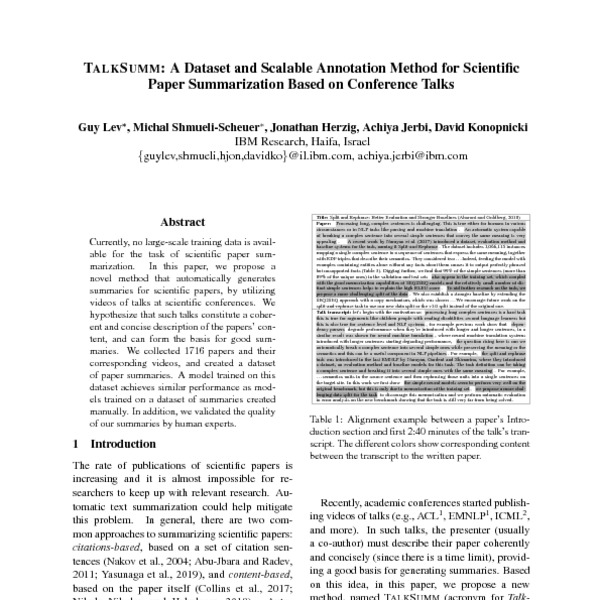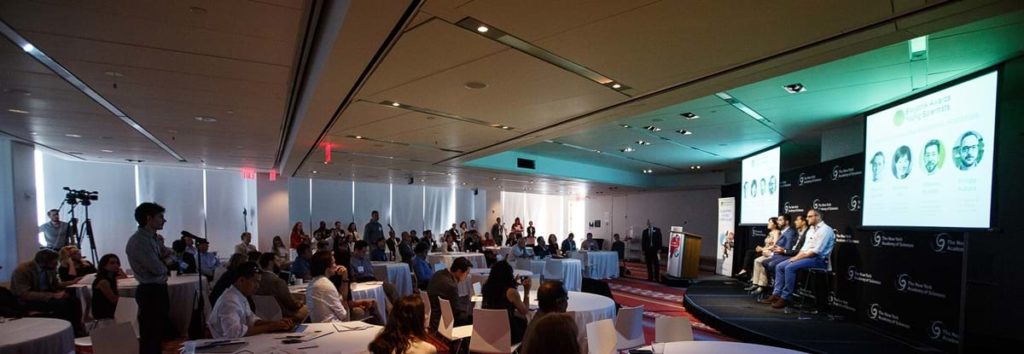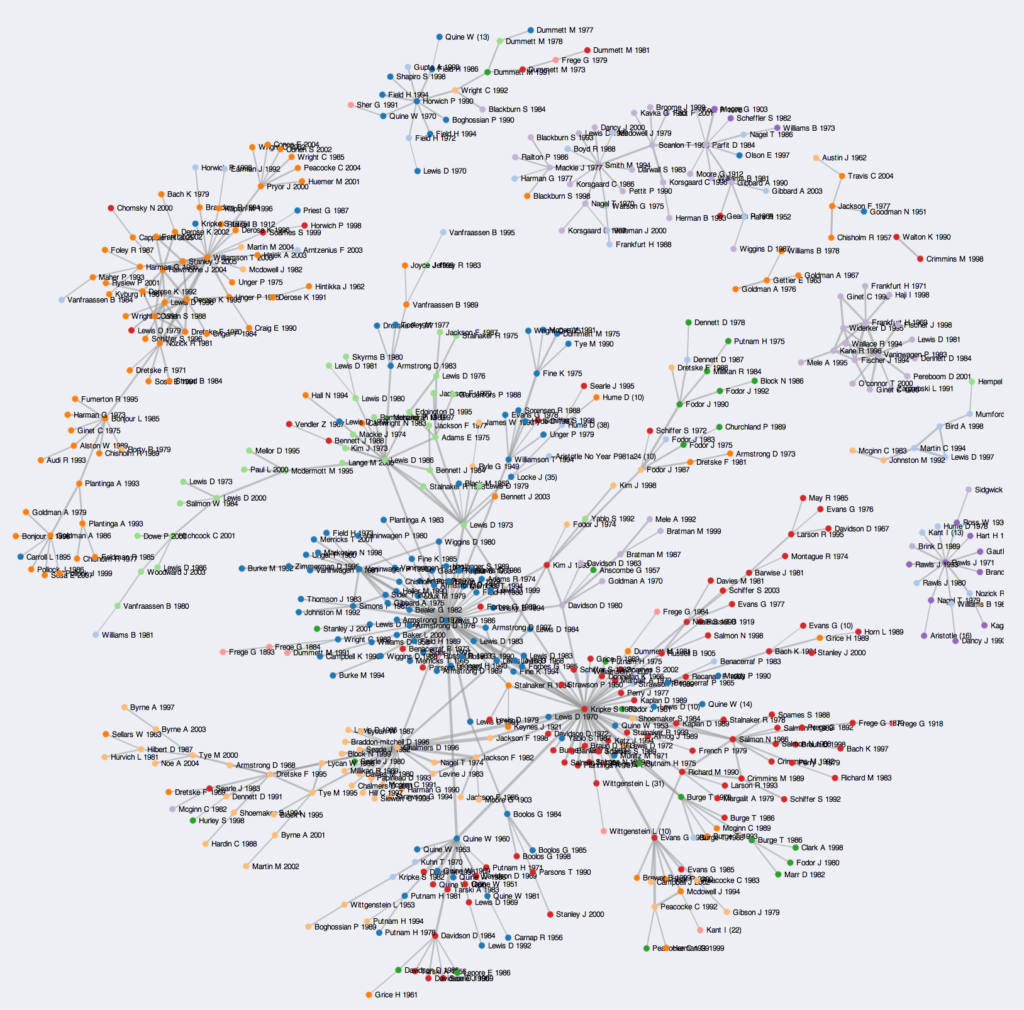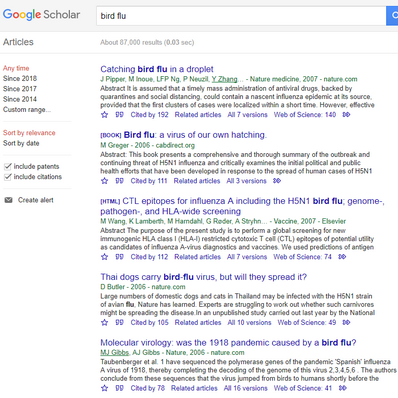Today, I wish to introduce you to the scientific literature. It is the sum total of the current scientific knowledge. It is the medium used by scientists to communicate their findings and build on the work of others. In this article, I will explain what the scientific literature is, how it works and how you can use it. This article is aimed at anyone interested in science and does not require any particular prior knowledge.
What the scientific literature is made of
Articles (also called papers) are the primary means of communication between scientists. Each article published provides a contribution to a particular domain of science. While most contributions are small, tens of thousands of articles are published per year. Therefore, across all domains of science, scientists spend a large part of their time reading to stay up to date with the state-of-the-art . But they also write a lot to share their discovery.

Articles come in many forms. Research articles present new findings. In the context of the current coronavirus pandemic, this includes studies which present new understanding about the virus, its symptoms and how it reacts to different treatments. But this also includes the bleeding edge of technology development such as studying the impact of different materials used to make solar panels. Finally, some papers propose pure theoretical frameworks. In this case, a scientist has a good idea and writes about it to share it with the world. These articles can then be used as foundation by others to perform experiments or build new techniques. Here is an example of a research article.
Then, we have review articles which often compile dozens of studies about a particular research topic. This is useful for scientists because they can find in one paper a summary of the current knowledge for a particular field. These papers list current methods for solving a problem, their performance, the datasets used and opportunities for future research. These papers also act as a hub from which you can find more specific papers about a subject. Thus, these papers are always a good place to familiarize yourself with a new field. Here is an example of a review article.

Papers are published in journals and conferences. Conferences tend to be quicker to review and publish papers. This is good for fields that evolve quickly such as computer science. Journals on the other hand are slower but accept longer and more detailed papers with a much more thorough review process. To be published, a paper needs to be interesting, relevant, original, novel, clear, concise, and replicable; it is not easy. There are many journals/conferences and each deals with a specific field or subfield of science. For example, Bioinformatics is a journal about… bioinformatic, Computers in Human Behavior is a journal about how humans are affected by computers and Association for Computational Linguistics is a conference about Natural Language Processing. However, not all journals/conferences have the same influence.
Hence, the scientific literature is the set of all journals, conferences and the articles they published.
Publishing a paper
Choosing where to publish a paper is done before writing and failure must be expected as some journals have a rejection rate of more than 90%. This is not just a question of the quality of the paper but mostly because journals have limited space and there are a lot of scientists out there. Hence, scientists often target multiple journals and try to publish at the best one they can.
After writing a paper, the author then submits it to a journal or conference. The paper is then peer reviewed. This means that other scientists in the same field (or related) read the paper and criticize it. After the first review, the paper is almost always sent back to the author with some comments on what to improve. The paper is then improved by the author which sends it to review again. Multiple cycles of reviews can follow and at the end the paper is either accepted or rejected.
Sometimes scientists give public access to their research before being accepted by a journal or conference. In this case, we call these papers “preprint” because they have not yet been reviewed and published.
Navigating the tree of knowledge
However, publication is not the end of the story, if no one finds your work useful it won’t be cited.
Each paper that is published is always based on some previous papers which need to be cited. These previous papers also cited others and so on. Hence, the tree of knowledge grows as we make new discoveries. In the image below we can see part of this tree where each node is a paper and each link is a citation.

Citations are a good way of navigating the scientific literature. For example, you might read a review paper which broadly discusses a specific domain and find that it cites an interesting paper to read. Or you might read an interesting paper and look for other papers that cited it.
If you wish to take a look at scientific papers, google scholar is the way to go. There are other more specific search engines but it does the job most of the time. It works like the standard google search except that you will find scientific articles.

However, knowledge has a price. Big journals and conferences might hide their papers behind a paywall. Individual papers can be sold for dozens of dollars and universities often pay a large amount to subscribe to these journals and get access to their entire corpus. Hopefully, some well known conferences and journals give free access but sadly the majority of human knowledge is not accessible for free.
- Attention Mechanism in LLM Explained : A Deep Dive - 27 May 2025
- Tokenization in LLMs: Why Not Use Words? - 6 March 2025
- Defining AGI : Why OpenAI’s o3 Isn’t Enough to achieve Artificial General Intelligence - 26 December 2024